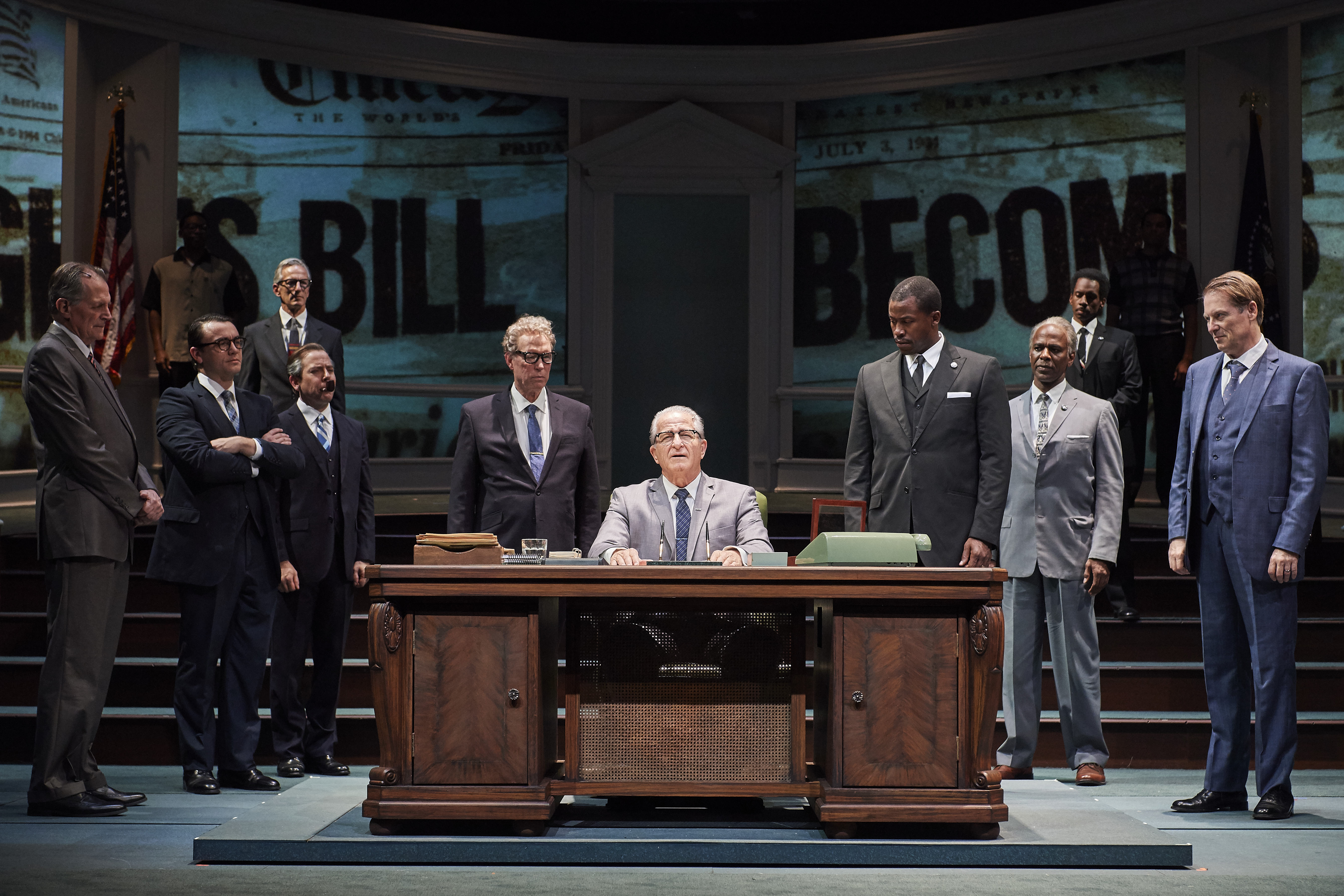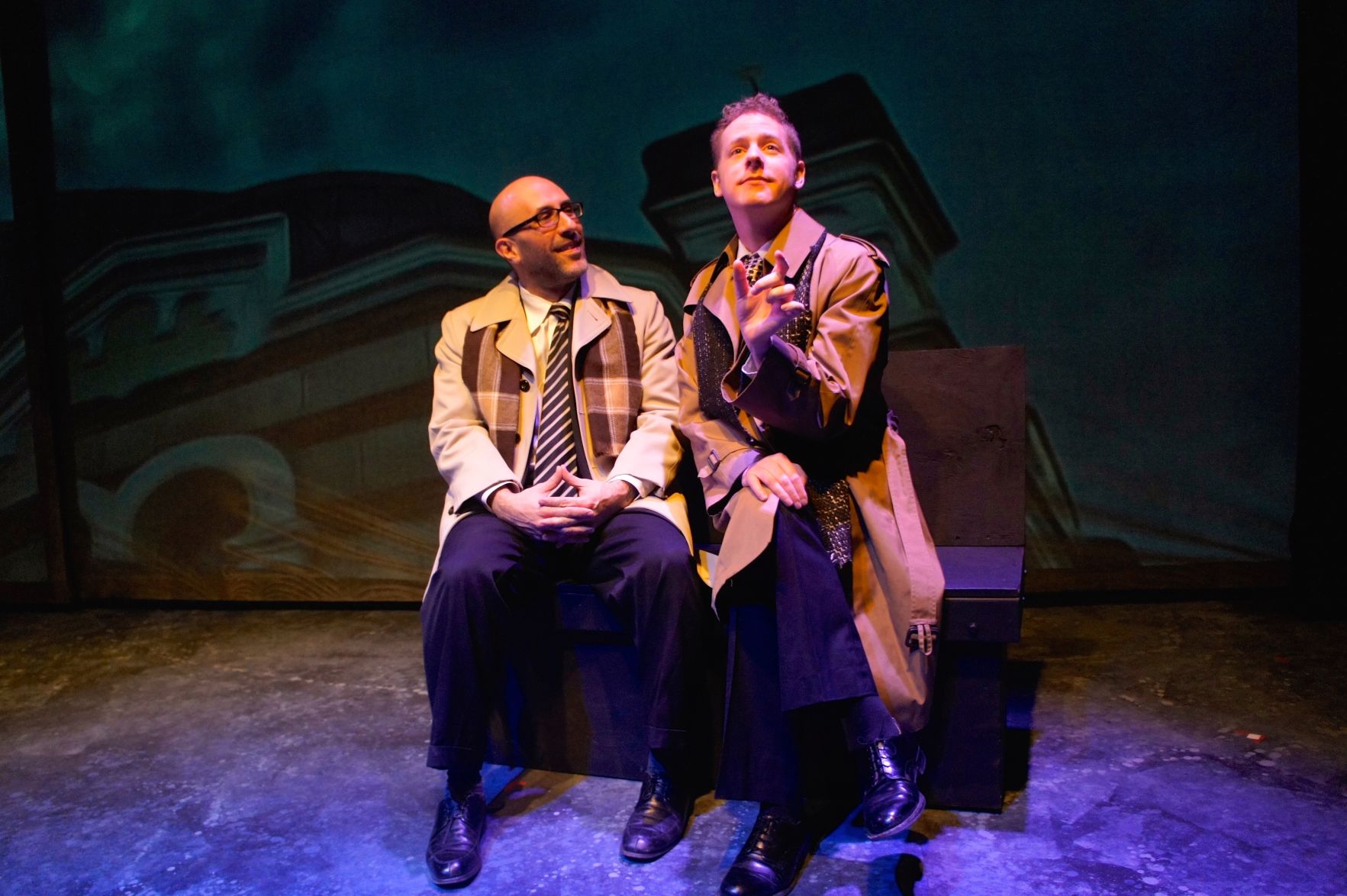IN FULL VIEW
By Alyssa Schmitt
The women in the center of many of fine art photographer Yvonne Palkowitsh’s works are inspired by stories she’s heard from real women in her life.
The idea for a scene might stem from a story her grandmother told or it might come from a conversation with friends, but each speaks to a level of truth and reveals a narrative that might otherwise go unnoticed.
Some of the women show a vulnerability while others turn away from the viewer. Many of them are African American, like Palkowitsh, and often find themselves alone in the photo. Through each piece, she forces the viewer to see them and their stories.
Acknowledgment and recognition – or the lack thereof – are overarching themes in the upcoming “seenUNseen” exhibition at the Artists Archives of the Western Reserve, where Palkowitsh’s work will be on view.
The show will feature pieces from Northeast Ohio-based African American artists the public might not often see alongside nationally known artists of historic importance, such as Elizabeth Catlett, Charles White and Jacob Lawrence, whose work appears courtesy of the Atlanta-based Kerry and C. Betty Davis Collection of African American Art.
Among the local artists featured will be Dexter Davis, Darius Steward, Tony Williams, Michelangelo Lovelace and Amber N. Ford.
Momentum for and involvement in “seenUNseen” grew so large that, in addition to filling the Artists Archives of the Western Reserve’s gallery, it will overtake available space in The Sculpture Center next door. The show will run from Sept. 20 to Nov. 16.

Seeing local artists
“seenUNseen” began to take shape when Artists Archives of the Western Reserve executive director Mindy Tousley was approached about exhibiting part of the 300-piece Davis Collection. For the past 35 years, Kerry Davis and his family have amassed a collection of paintings, works on paper and sculptures on a modest budget from emerging and established African American artists.
When Tousley explains the Archives’ mission of supporting regional artists to Davis, it resonated.
“I suggested to him that because bringing in a collection like this is not really part of our mission statement … that perhaps we could do a show of regional artists and put the work in with his collection all in one exhibition, which would help the regional artists because their work is going to be seen and going to be produced in a catalog and advertised alongside this other work,” Tousley says.
Some of the local artists may have found it difficult to get their work into regional galleries or exhibitions, or some work in a medium that might not garner as much attention in the art world. Others, like Palkowitsh, who lives in Dover, Ohio, highlight concepts that might be overlooked. Yet each is working to have themselves, their work and their community be seen.
“(The show) is going to point out that good art is being done all over from different kinds of people throughout history, and probably the conventional institutions have ignored a lot of it – the really big museums,” Tousley says. “I mean, we know they’ve ignored women, for the most part. They’ve ignored African American artists, too, for the most part, and African American women artists and maybe artists who are working in more traditional craft mediums, like some of the textile artists and quilters. I think it’s going to bring some of that out to the public eye.”
Palkowitsh hasn’t personally faced challenges in showing her work but she knows others who have and recognizes the importance of providing an exhibition for those artists. Two pieces from Palkowitsh will be in the exhibition.
“It’s really important that exhibitions like this are held because it really gives an opportunity to artists who are struggling to get their works into places – into museums, into galleries – to be represented, to be seen,” she says. “It’s really, really important to have exhibitions like this, and collectors like Kerry, who see the significance of collecting these stories and celebrating artists of color and getting the word out there.”
Through different opportunities over her career, Palkowitsh came across the Davis Collection and took note of its significance.
“This is one of those situations you put them over to the side and think, ‘One day, one day I will possibly be a part of that,’” she says.
When she heard there was an open call for artists to submit their work to be considered for the show, she was thrilled.
“I couldn’t believe they were going to be in the Cleveland area and close to home,” she says.

The Davis Collection
The seen/unseen duality reverberates further in that “seenUNseen” will mark the first time the Davis Collection will leave the Atlanta area. The collection’s home is in Davis’ suburban residence in Clarkston, Ga., where it covers nearly every inch of the walls. The works transform the space into a gallery-style home museum that provides community access to the often unseen legacy of American artists of color.
His collection started when he began work at the post office and bought his first house. Wanting to adorn it with something meaningful and representative of his heritage, he began purchasing art. He became familiar with artists in Clark Atlanta University’s collection and read books to familiarize himself with the work so if he saw it at a flea market or someplace else, he could purchase it.
As he began networking more in the art world and even assisted in studios by framing art, he started collecting from local artists who were unseen, or rather, who were not as prominent in the art world.
He looks for his African American heritage in the work, but when selecting something to add to the collection, he says he doesn’t always feel like he’s the one making the decision.
“Pieces kind of select me,” he says.
The collection itself has gone mostly unseen, usually being shown only to family members, church members and friends in the community, Davis says. His collection reached a national stage when it was exhibited at the Clark Atlanta University Art Galleries in 2016. The humble beginnings of artists in the exhibition reflect Davis’ own.
“This is all about community,” he says. “I started out and no one saw my work (other than) people who came to the house, like church members, family and friends in the community. For us to share with another community, it feels really great. Plus, I just really appreciate being able to see works by other artists up there (in Cleveland).” CV
On View
Artists Archives of the Western Reserve
• “seenUNseen” will be on view from Sept. 20 to Nov. 16 at 1834 E. 123rd St., Cleveland. An opening reception will be held from 5:30 to 8 p.m. Sept. 20,
during which an appearance by Cleveland Mayor Frank Jackson and a tribute to Cleveland artist Malcolm Brown are scheduled.
• In related programming, “Collecting African American Art” with Kerry Davis will be held from 1 to 3 p.m. Oct. 12 at Artists Archives of the Western Reserve.
• In addition, The Sculpture Center will host a panel discussion, “Seeing the Unseen,” moderated by Charles Peterson, associate professor of Africana Studies at Oberlin College from 1 to 3 p.m. Nov. 2. The panel will include emerging, mid-career and established regional African American artists.
Lead image: “Guided” by Yvonne Palkowitsh, altered photograph. Courtesy
of the artist.











